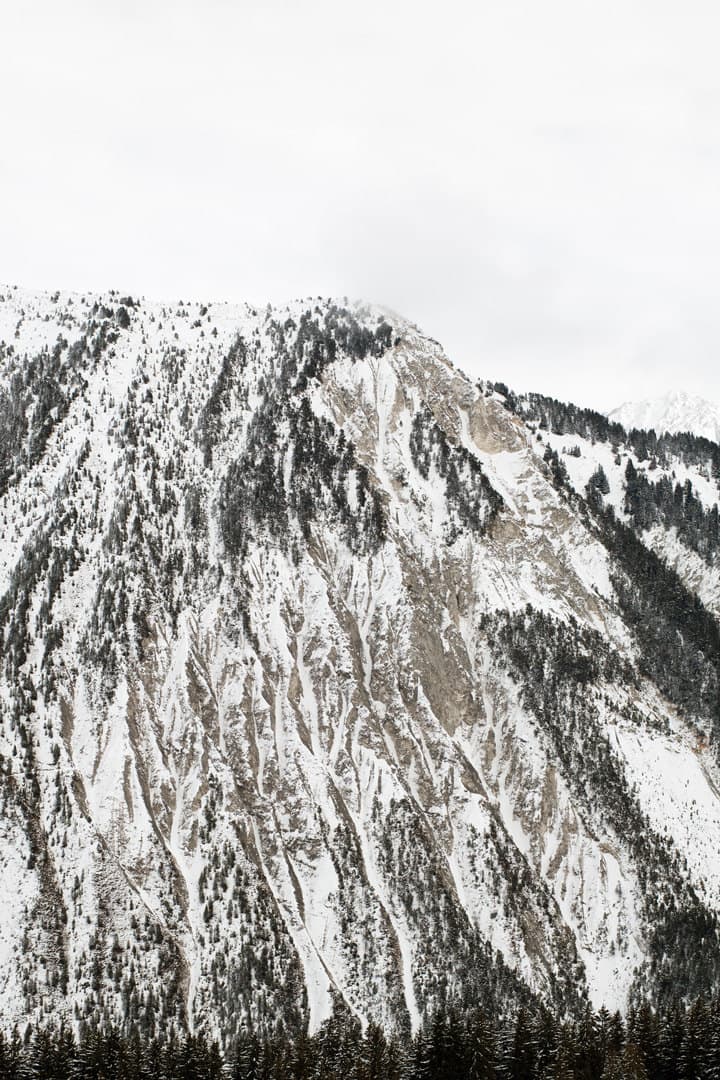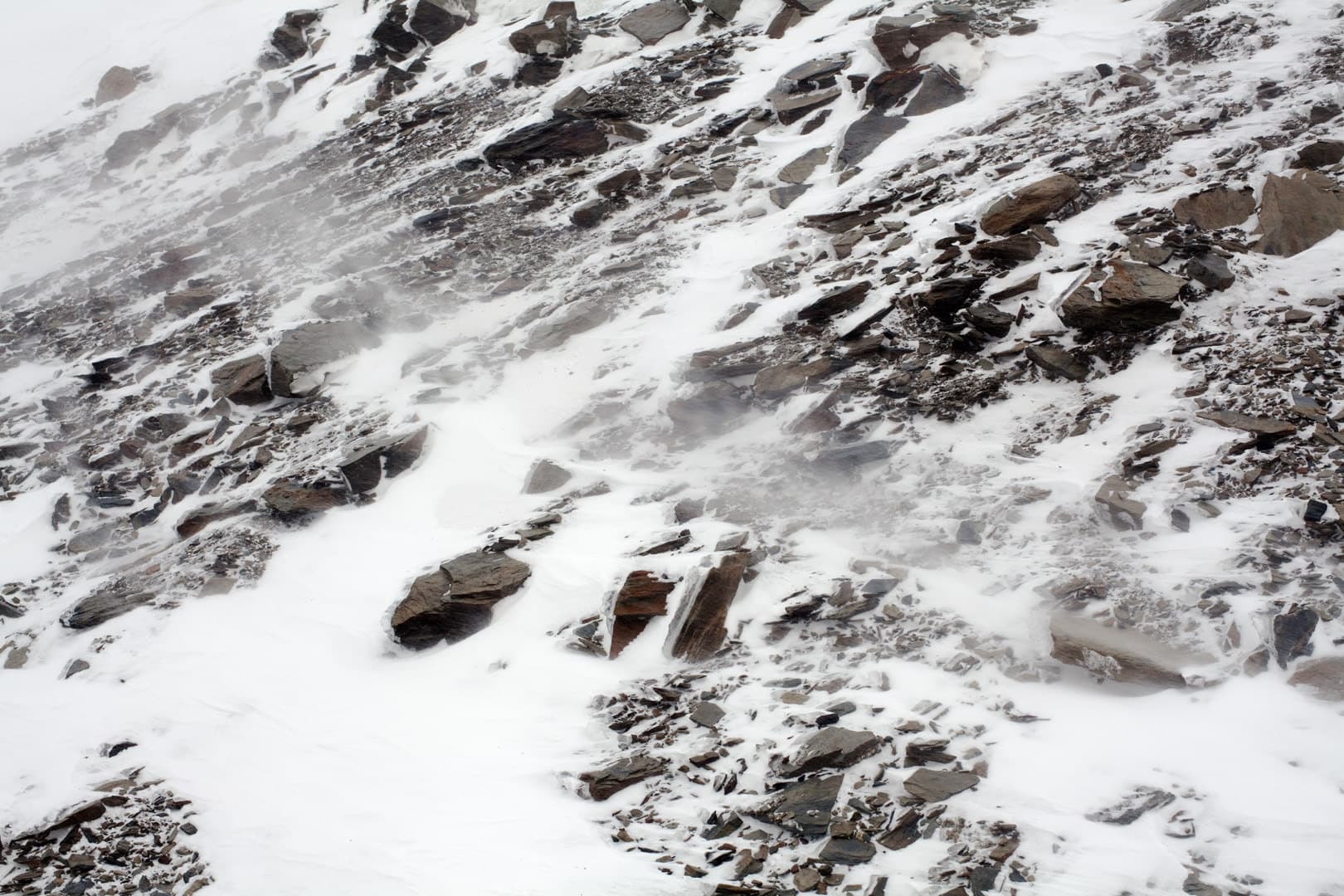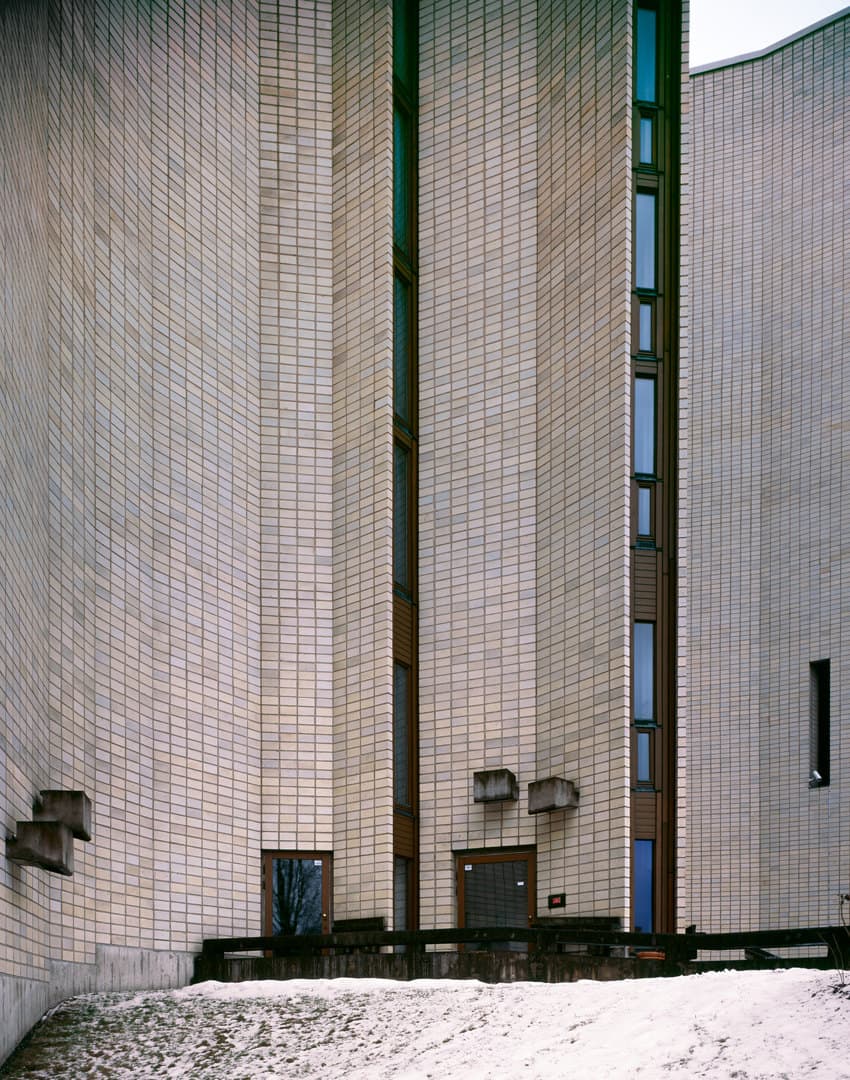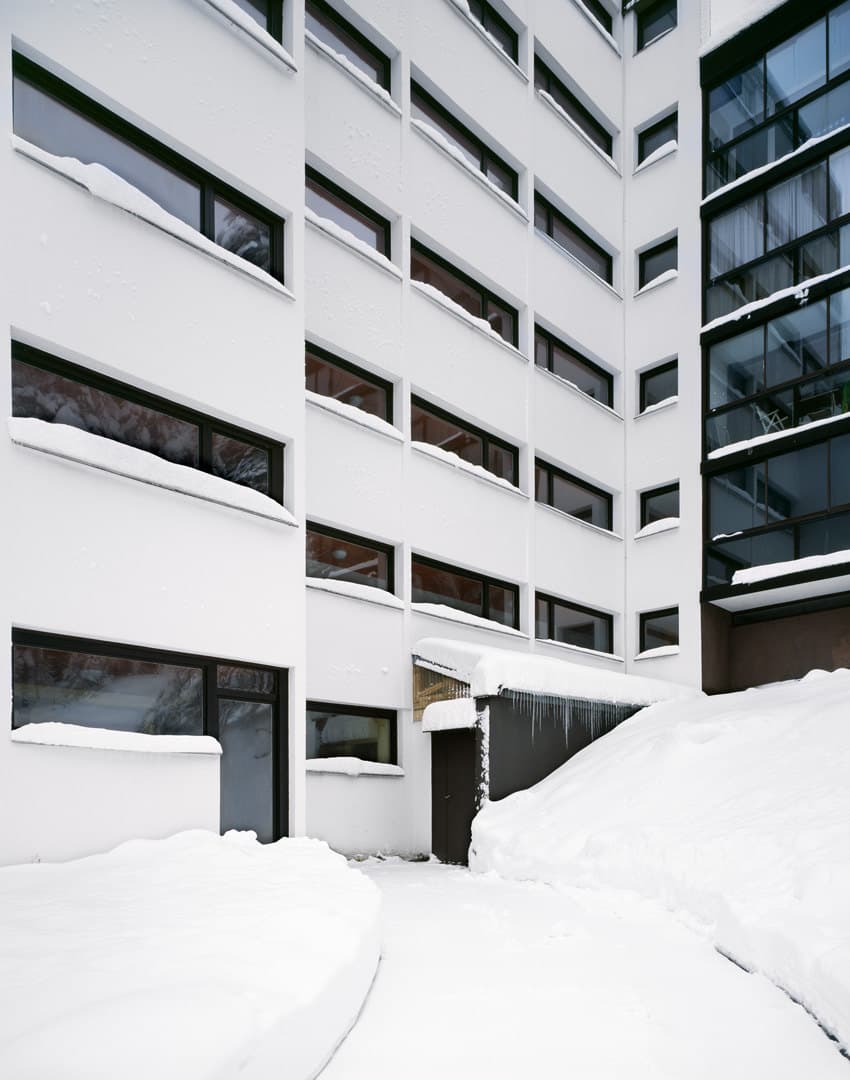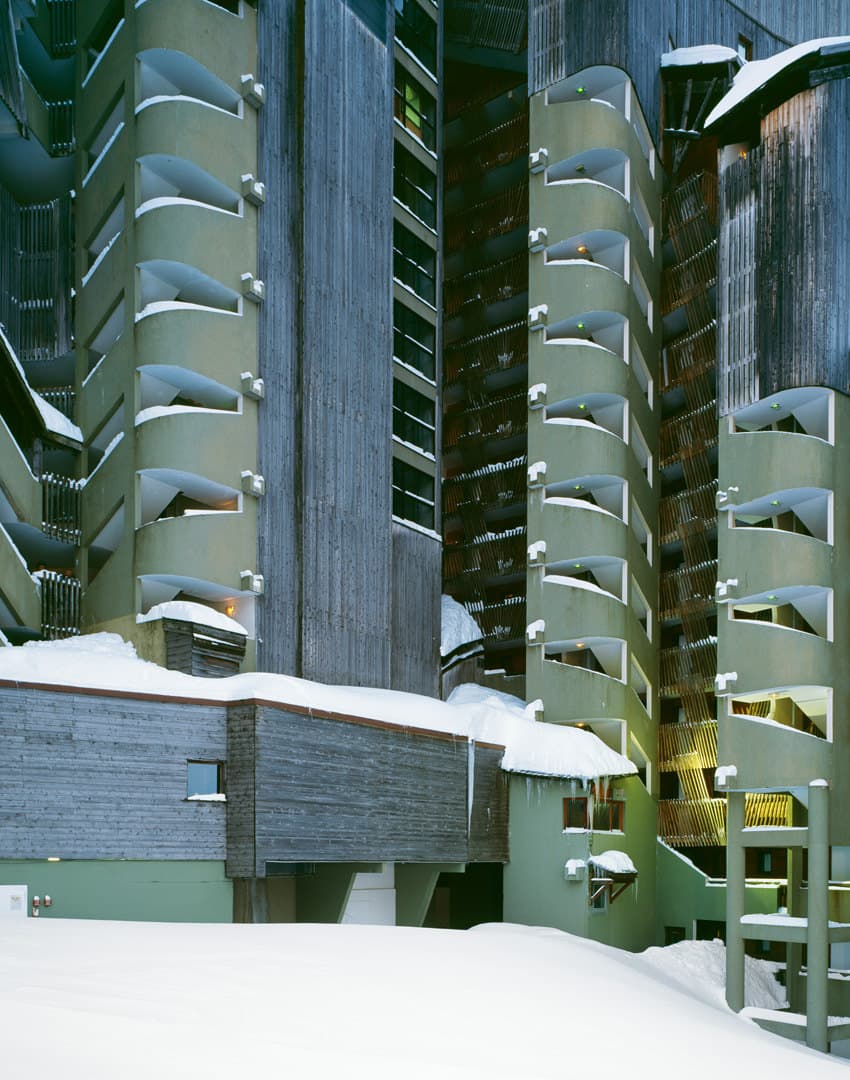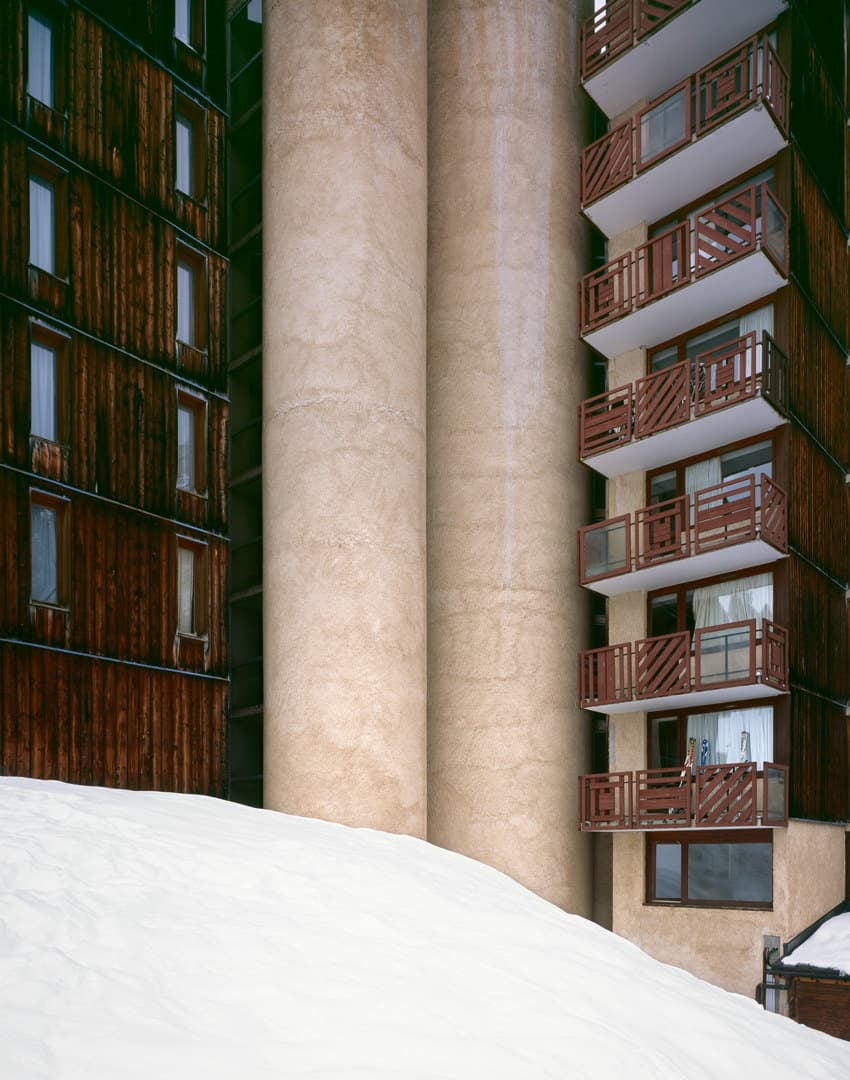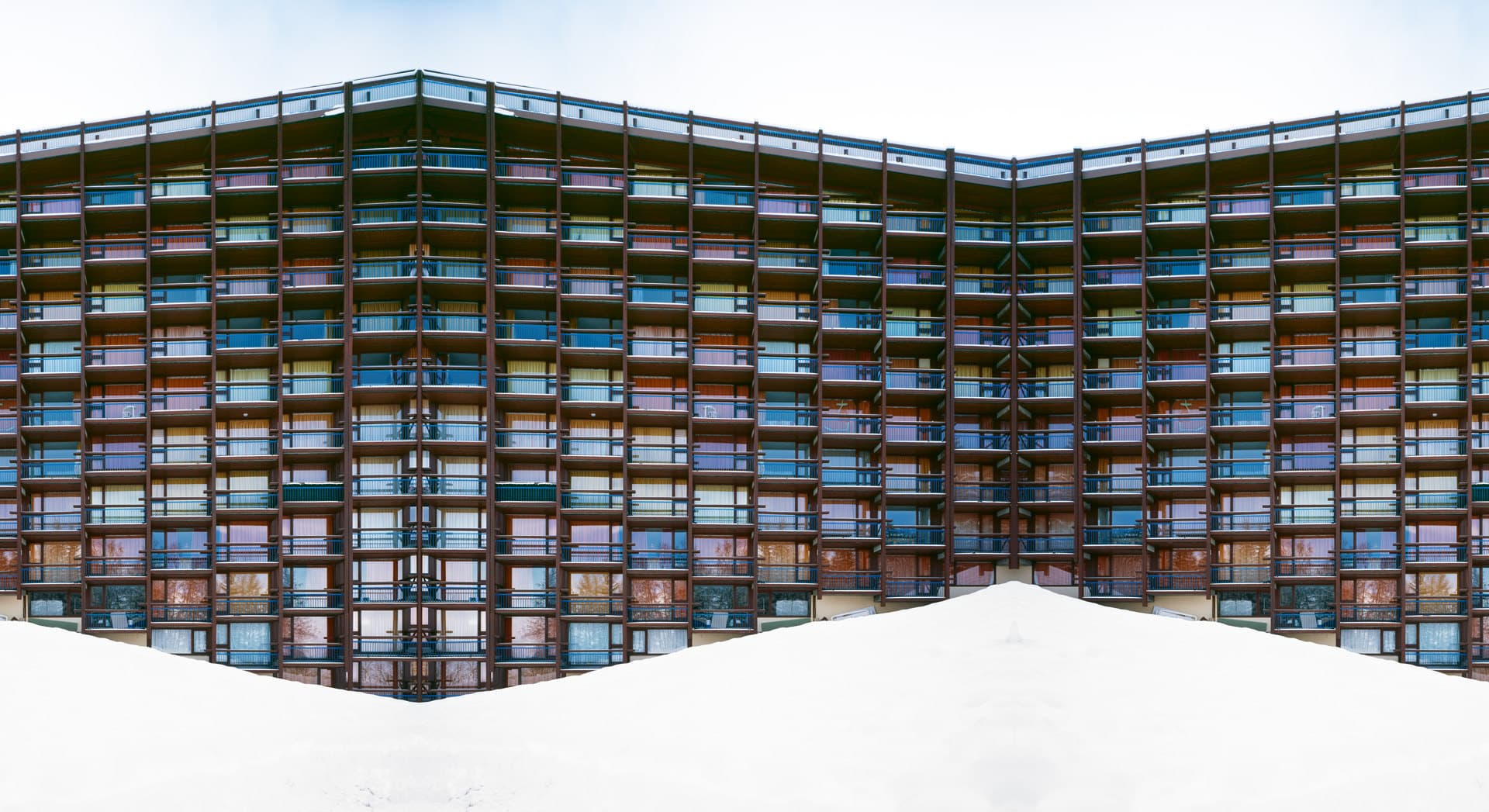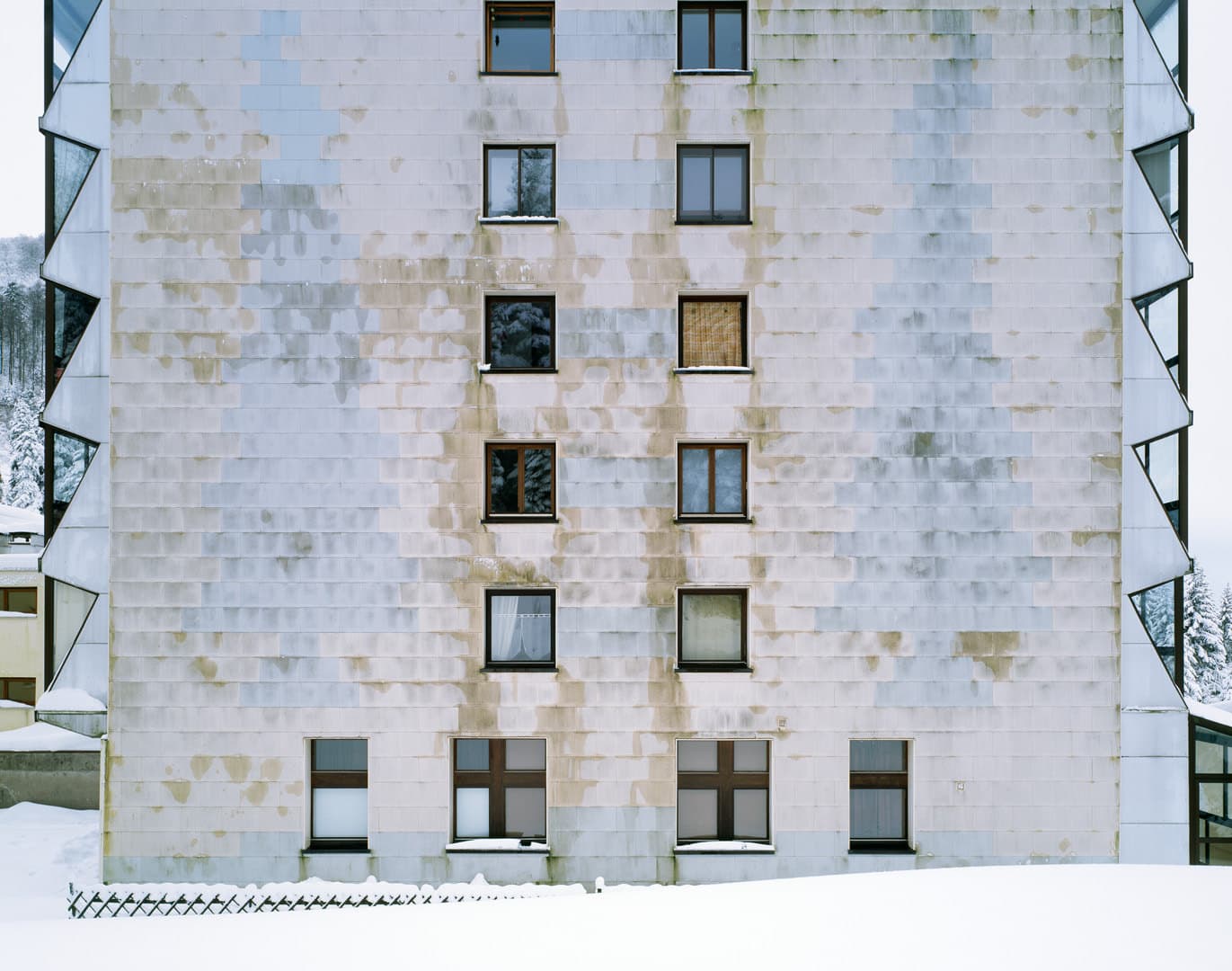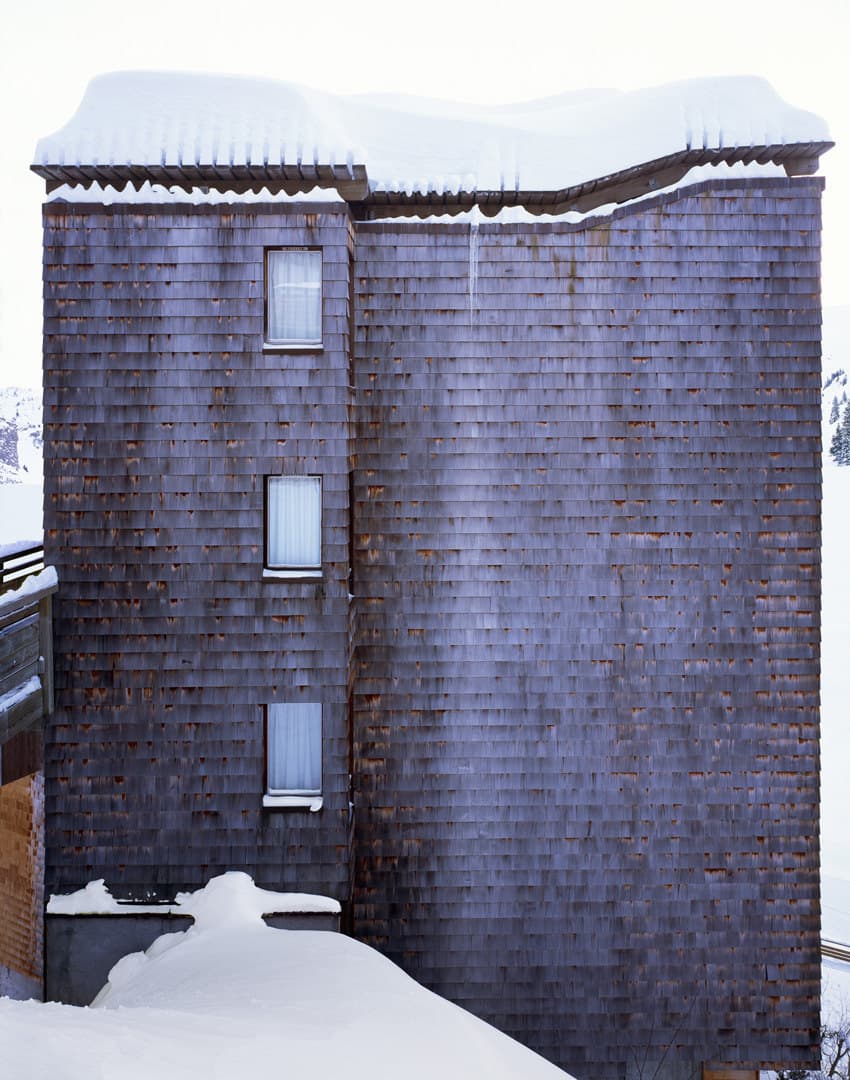In German, the word ‘Heim’ refers to the place where one has settled or where one comes to rest. As such, it has a double meaning: it refers back to the place where one was born, but also to the place where one stays at the end of his life (the ‘Heim’ as a home for the elderly or the sick). ‘Heim’ therefore encompasses the fundamental movement of all human beings: born and raised at a certain place, referring to this place as his ‘home’, he goes out into the world, only to return again to his homestead. This fundamental movement of going out and returning, of leaving and coming back, explains the emotional associations this word conjures up. It speaks of the anthropological need to have a place one can call one’s own, and of the equally essential requirement to leave that place, at least periodically. [...]
When looking at the series composed by the Belgian photographer Arnaud De Wolf (°1981), it becomes immediately clear that the title ‘Heim’ can only be meant ironically. Indeed, it seems improper to use this term to qualify the buildings we meet in these images. There is nothing homely about these imposing, large, but also somewhat impersonal constructions. [...] The landscape is equally off-putting: this savage, rough, rugged mountainous landscape is clearly not t for habitation. [...]
These photographs put us, the viewers, in the middle of an impossible situation. There is no safe harbour to run to. We’re not only bereft of the enjoyable cosiness of human company but also of the warm embrace of pleasing nature. We are put in the position of the wanderer for whom there is no place to rest, forced to roam the world without ever settling down. The blueish and cold light reveals a harsh truth: for us, there is no ‘Heim’. At least, not here, not in these images, spaces, buildings. If we’re looking for a home, we will have to nd it somewhere else.
Steven Humblet

